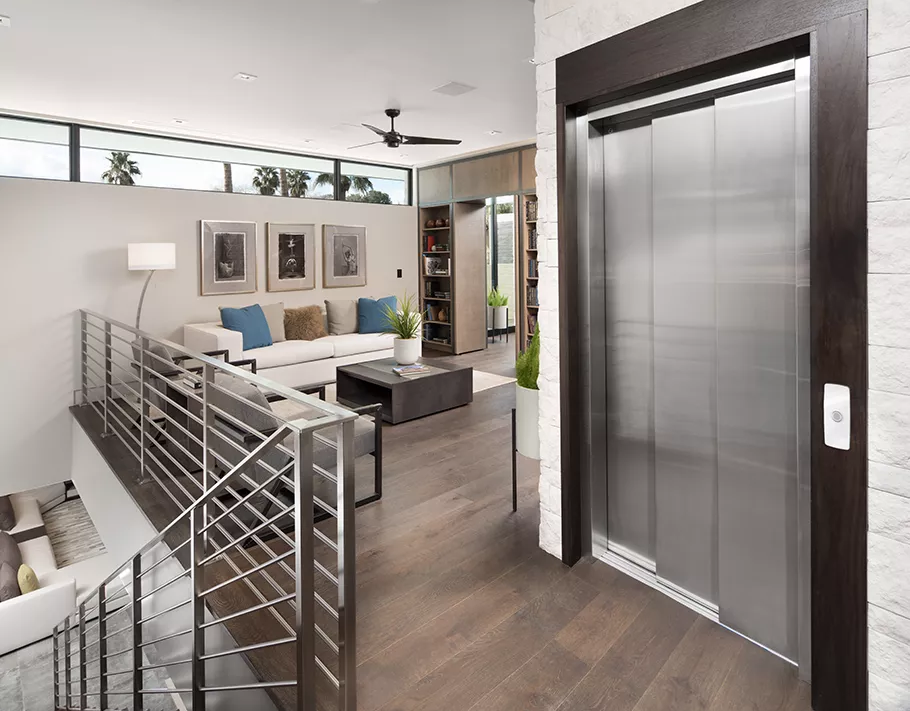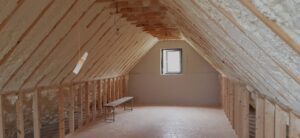
Residential elevators are unquestionably a handy appliance for both new and existing homes. These elevators are built for ease, comfort, and safety. Mobility-impaired people might gain confidence and independence from a sound home elevator system. Residential elevators can be made while creating a new home and can be added to an existing home without requiring significant design changes.
Increase Your Home’s Value with Feature-rich Elevators
There are many different elevator types and enticing features on the market. They may be altered to fit in a small area. A sizable portion of society may now afford the residential elevator thanks to modern production techniques and low prices. There are several different platform sizes and weight-carrying capacities available for residential elevators. Depending on your needs, you can select your preferred color from various customized hues.
Safety Options
- A backup power source
- 40 fpm travel speed
- Emergency lights
- Automatic controls
- An emergency telephone or communication system
- Alarms
- Under-platform sensors
- Automatic cab on/off lighting
- Emergency stop buttons
- Safety interlocks
These gadgets have safety gates and open platforms or completely enclosed chambers. You can purchase elevators with extra wide gates, fire-rated doors, or automatic doors and gates. Using a remote control with a locking feature is best to prevent unwanted access. For more details visit https://bodaq.com/natural-interior-design-trends/.
Before installing one in your home, you should confirm that the elevator complies with ADA criteria. While choosing a lift, you should also have a decent sense of the altitude you need to reach.
Using Residential Elevators to Address Mobility Issues
Some permitted elevator manufacturers include Bruno, Savaria Concord, and ThyssenKrupp Access. Your living will be more convenient and comfortable with a home elevator system. Residential elevator installation is a quick and inexpensive process. The risk of mishaps like sliding and falling down the stairs can be reduced by installing residential elevators.
Concrete floors can be stained using either acid or water. Most acid stains are made up of a solution of water, hydrochloric acid, and acid-soluble metallic salts that seep beneath the surface of the concrete and chemically react with the hydrated lime (calcium hydroxide) in the concrete. The metallic salts can easily penetrate the concrete since the acid in the stain lightly scratches the concrete’s surface.
After the color reacts, it becomes a permanent component of the concrete and is no longer susceptible to fading, flaking, or peeling over time. Main tans, browns, terra cottas, and mild blue greens that resemble natural stone, polished marble, stained wood, or tanned leather are available when acid staining, which is its only negative.
Similar results can be achieved with water-based staining, although they may not be as complete as with acid staining since water-based staining involves a coating of water that bonds to the concrete. In contrast to acid staining, newer products are now on the market with colors ranging from muted pastels to vibrant reds, oranges, yellows, and purples. These products include water-based penetrating stains and water-and-solvent-based concrete dyes.
However, the following must be considered when selecting stain colors
With acid-based stains, be prepared for significant color change. When the final coat of sealer is applied, this will become more obvious.
Once the chemical interaction between the stain and the cement occurs, what is seen in the liquid form could not be what is intended. Only after being allowed to stay on the concrete for several hours or more will the actual color be visible.
The color effect will be stronger or darker on newer concrete compared to older concrete.
Because of this, putting the stain in a small test area before applying it to the entire floor can be a brilliant idea.
Despite being stained with the same staining agent in the same hue, no two stained concrete worktops, walls, or floors will appear the same. Elements like the concrete’s composition, age, porosity, texture, and environmental circumstances influence this distinctiveness. Because of this, terms like “antiqued,” “variegated,” and “mottled” have all been coined to depict stained concrete.








